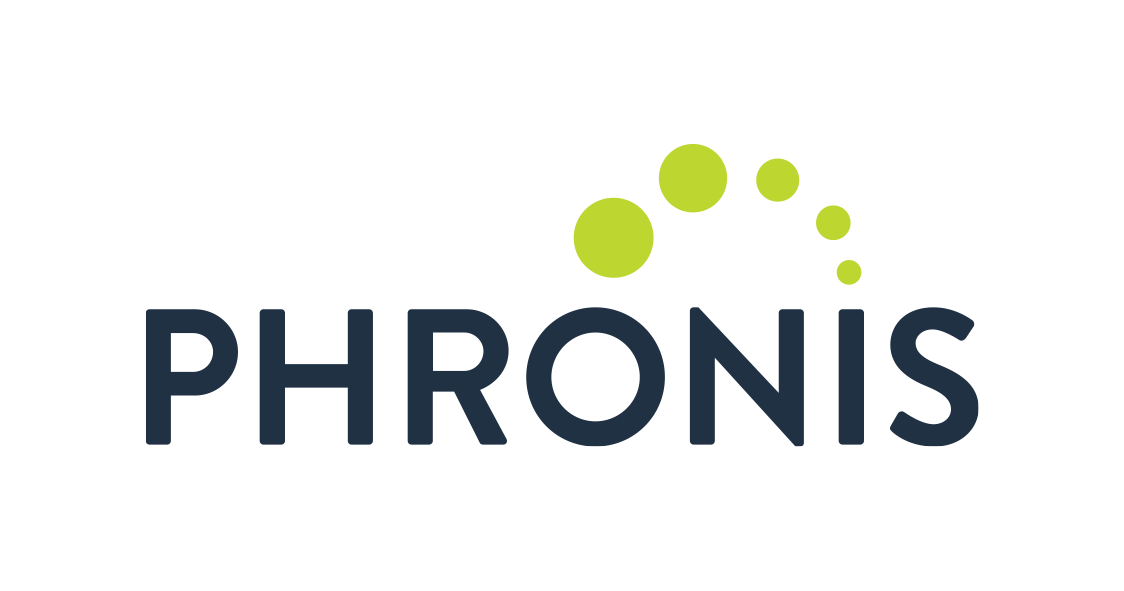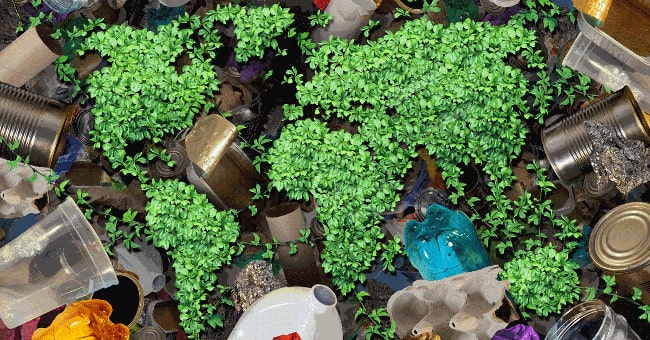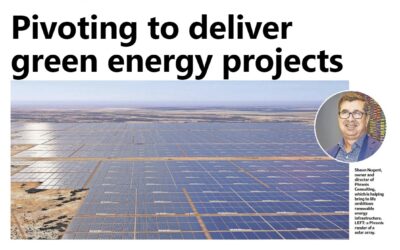Waste will continue to be waste if we don’t think differently about it, and the potential it has!.
Phronis Tackles the War on Waste
Waste is a critical issue, but trying to solve Australia’s waste problem is about so much more than just how to cope with our rubbish. It’s no understatement to say how we deal with it and the decisions we make surrounding our waste will shape the future of Australia. Appreciating that it is part of a broader integrated solution, Phronis is playing a key role in waste to energy in Australia, proudly supporting major international technology providers to deliver state-of-the-art solutions locally.
The issue of rubbish
According to ABC’s War on Waste program, Australia is one of the most wasteful countries in the developed world, with our rubbish growing at twice the rate of the population. Given that Australia is a fast-growing country, this problem is hitting a crisis point.
Thankfully, Australia’s attitude towards waste management is shifting with an acknowledgement that we need to reduce the amount of waste we generate and accelerate the recovery rate of our resources. The value of waste resources and embodied energy in waste is beginning to be recognised, playing a significant part of Australia’s economy.
Landfill has traditionally been the preferred means of “disposing” of our waste. Modern landfill sites are highly regulated and carefully managed, making them expensive to operate and manage, and limited by their finite capacity. Waste going to landfill represents lost opportunities to extract materials and energy that can replace the use of virgin resources, and reliance on fossil fuel energy.
Australian is beginning to address the waste problem. Circular economy principles are being adopted and waste strategies are shifting away from the linear ‘take-make-use-dispose’ model. This will help to reduce waste and improved resource efficiency.
What does ‘waste to energy’ mean?
Waste to energy refers to the process of converting domestic or industrial waste products into energy, such as heat or electricity. It’s a broad term, encompassing a range of processes, and can work alongside recycling as an essential part of a larger urban waste management system.
Landfill is the least desirable option. In the Waste and Resource hierarchy, energy recovery is preferable to landfill, because it recovers some value from waste, reduces greenhouse gas emissions from organic waste, and lessens the legacy impacts of landfills.
Incineration technology continues to develop around the world, with an increasing focus on energy recovery and pollution control. Over time, environmental regulations and standards have also become more robust and stricter to ensure the protection of the environment and human health.
While only part of a broader integrated environmental strategy, there are several waste-to-energy facilities proposed throughout Australia. Their expected capacity will vary.
However each of these facilities can process hundreds of thousands of tonnes of residual, or post-recycling waste a year. They can also reduce carbon dioxide emissions significantly, while exporting impressive amounts of electricity to the grid, each with enough to power many tens of thousands of houses each year.
There are already more than 2,000 waste-to-energy facilities operating around the world, in North America, Europe, the Middle East and Asia with Scandinavia leading the pack. Europe alone has around 450 waste to energy facilities which can process up to 73 million tonnes of waste per year.
Here in Australia, there’s no denying we’re playing a game of ‘follow the leader’ and larger scale waste to energy projects have begun to gain traction.
Phronis’s contribution
Phronis has a globally recognised capability in waste to energy solutions, bringing to the Australian market key technical resources from around the world and across all disciplines. Phronis also brings to the table an inherent driver to think differently about intractable challenges.
Many of our team have been intimately involved with global players in the roll-out of technical solutions for waste disposal in Australia and abroad for some years.
Technology used in the design of waste to energy facilities generally comes from overseas. Consequently, Australian standards may not always be taken into consideration, running the risk of delays and rework which result in unnecessary project costs and delays– for the contractors, for local governments and users.
Phronis has proven it can partner easily with global players to ensure designs meet Australian standards and these are properly applied, removing hurdles early and ensuring that time, money and potential aren’t also ‘wasted’ (pun intended) in bringing this technology into the local market.
This can include providing support for compliance with Fire Engineering, BCA conformance and Dangerous Goods and also managing the registration of plant and equipment with safe work authorities.
Phronis, as a multidisciplinary team, can guide clients through any feasibility, design and/or regulatory requirements for the registration and operation of waste management facilities of all types. Phronis is passionate about supporting local councils, governments at all levels and private enterprise in their pursuit to creating value from waste and treating it as a resource. Richard Hill and Ian Beasley can be contacted for further insight into our waste-to-energy solutions.
Waste is a global problem and community attitudes to waste production are changing. Creating more waste-to-energy opportunities as part of a sustainable waste management chain could be a very good place to start.



